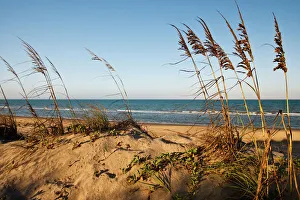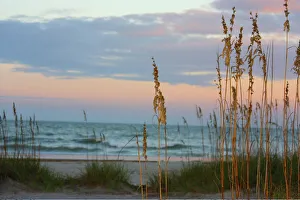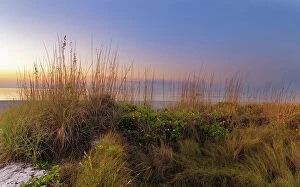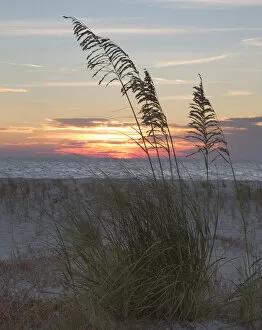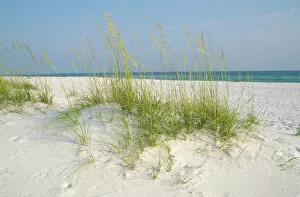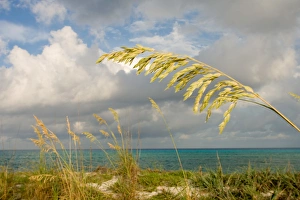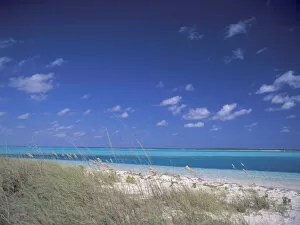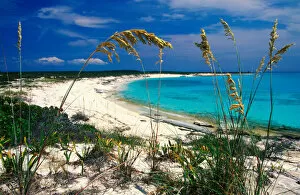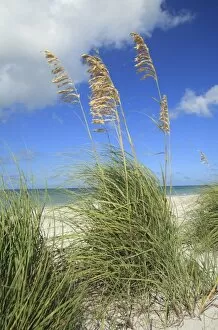Sea Oat Collection
"Captivating Sea Oats: Nature's Guardians of the Coastline" As the gentle waves caress the sandy shores, a resilient plant stands tall and proud
All Professionally Made to Order for Quick Shipping
"Captivating Sea Oats: Nature's Guardians of the Coastline" As the gentle waves caress the sandy shores, a resilient plant stands tall and proud. Meet the sea oat (Uniola paniculata), a remarkable species that thrives in coastal regions across North America. From the Gulf of Mexico to Tybee Island, Georgia, and all along Florida's stunning beaches, these magnificent grasses play an essential role in stabilizing sand dunes and protecting our precious coastlines. Picture-perfect scenes unfold as sea oats sway gracefully against vibrant sunset skies on Tybee Island or bask in the golden hues of sunrise on South Padre Island. Their slender stalks reach for the heavens, creating a mesmerizing dance with every gust of wind. These resilient plants are not alone; they often share their sandy domain with dune sunflowers, forming breathtaking landscapes that captivate visitors from near and far. Fort De Soto Park in Pinellas County serves as a sanctuary for both locals and tourists seeking solace amidst nature's wonders. Here, sea oats stand tall like sentinels guarding against erosion while offering shelter to countless wildlife species that call this coastal paradise home. Venturing further south to Bahia Honda Beach State Park in Florida Keys reveals yet another enchanting sight – seas oats swaying gently under clear blue skies. Their presence is not limited to mainland USA; even Shell Island in Panama City showcases their beauty atop its sand dunes. Travelers seeking tropical bliss find themselves drawn to Bimini's pristine beaches in The Bahamas where seaoats add an extra touch of magic to this island oasis. Against turquoise waters and powdery white sands, these elegant grasses create postcard-worthy vistas that leave lasting impressions on all who visit. Sea oats serve more than just aesthetic purposes; they play a vital ecological role too. With their extensive root systems firmly anchoring them into shifting sands, they prevent erosion and protect fragile dune ecosystems.

